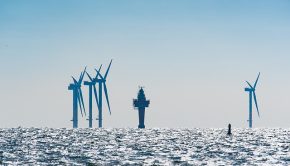New “Site Wind Right” Energy Map Released for Central U.S.
New “Site Wind Right” Energy Map Released for Central U.S.This week, The Nature Conservancy publicly released a first-of-its-kind analysis identifying the most promising places in the Central U.S. to develop wind energy that avoid conflicts with habitats and wildlife. The associated map, called Site Wind Right, is available online for power purchasers, utilities, companies, state agencies and municipalities to help build new wind projects faster, at lower cost.
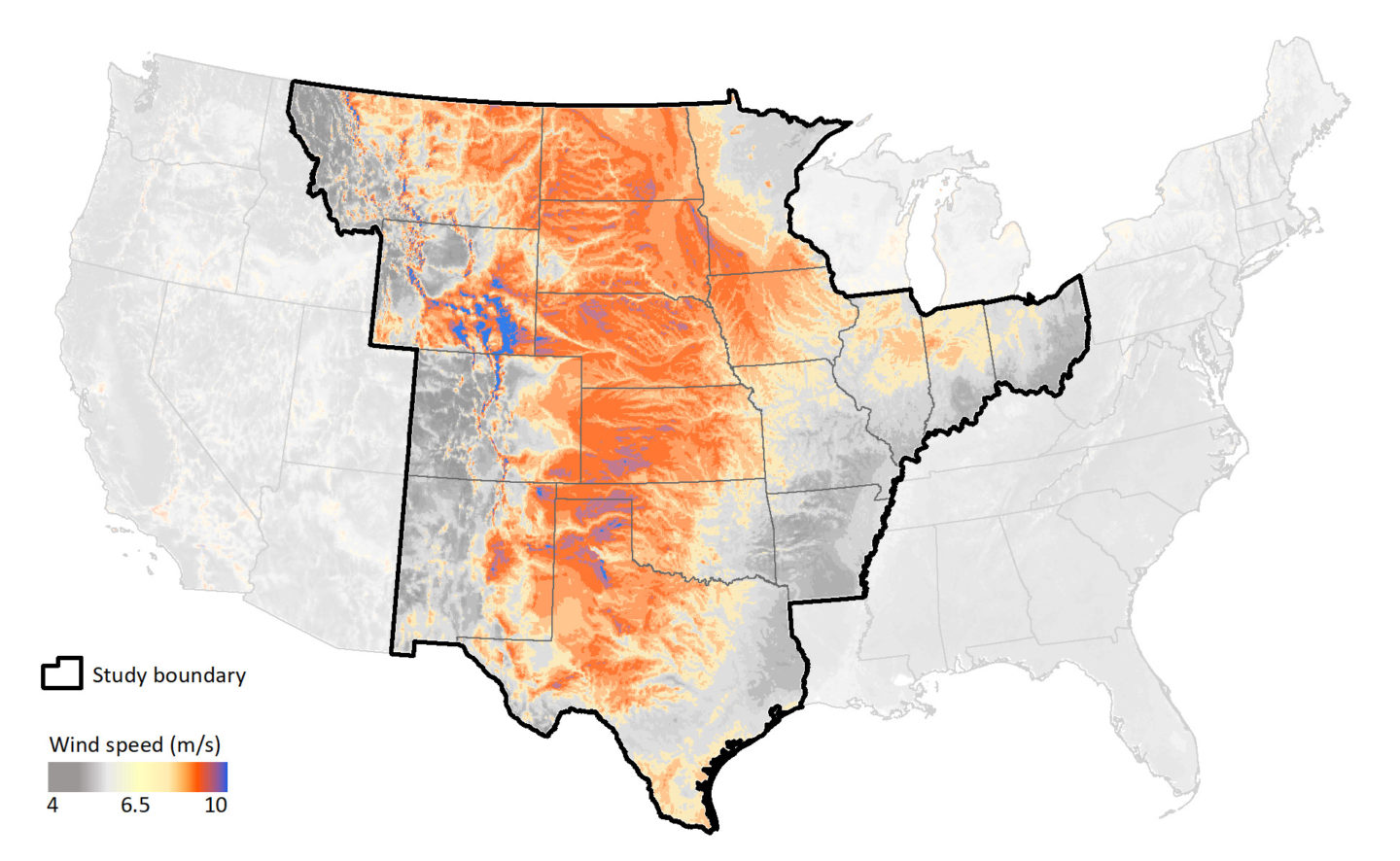
The Central U.S. is known as the “wind-belt,” where nearly 80% of the country’s current and planned wind energy capacity exists. Conservancy scientists evaluated more than one hundred sources of data on wind, land use, and wildlife across these 17 states to detect places where conflicts between wind energy and wildlife are likely to be minimal.
“We are thrilled to discover we could generate more than 1,000 GW of wind power in the Central U.S., solely from new projects sited away from important wildlife areas,” said Mike Fuhr, Director of The Nature Conservancy of Oklahoma. “That’s a lot of potential energy – comparable to total U.S. electric generation from all sources today. While advancements in transmission and storage will be needed to fully realize this wind energy potential, it proves we can have both clean power and the lands and wildlife we love. It’s a win-win.”
Wind projects sited in the wrong place can threaten some of our most treasured landscapes and wildlife. The Nature Conservancy estimates that renewable energy development could affect 76 million acres of land in the United States. The good news is this study shows we can do it in a way that is good for nature and communities.
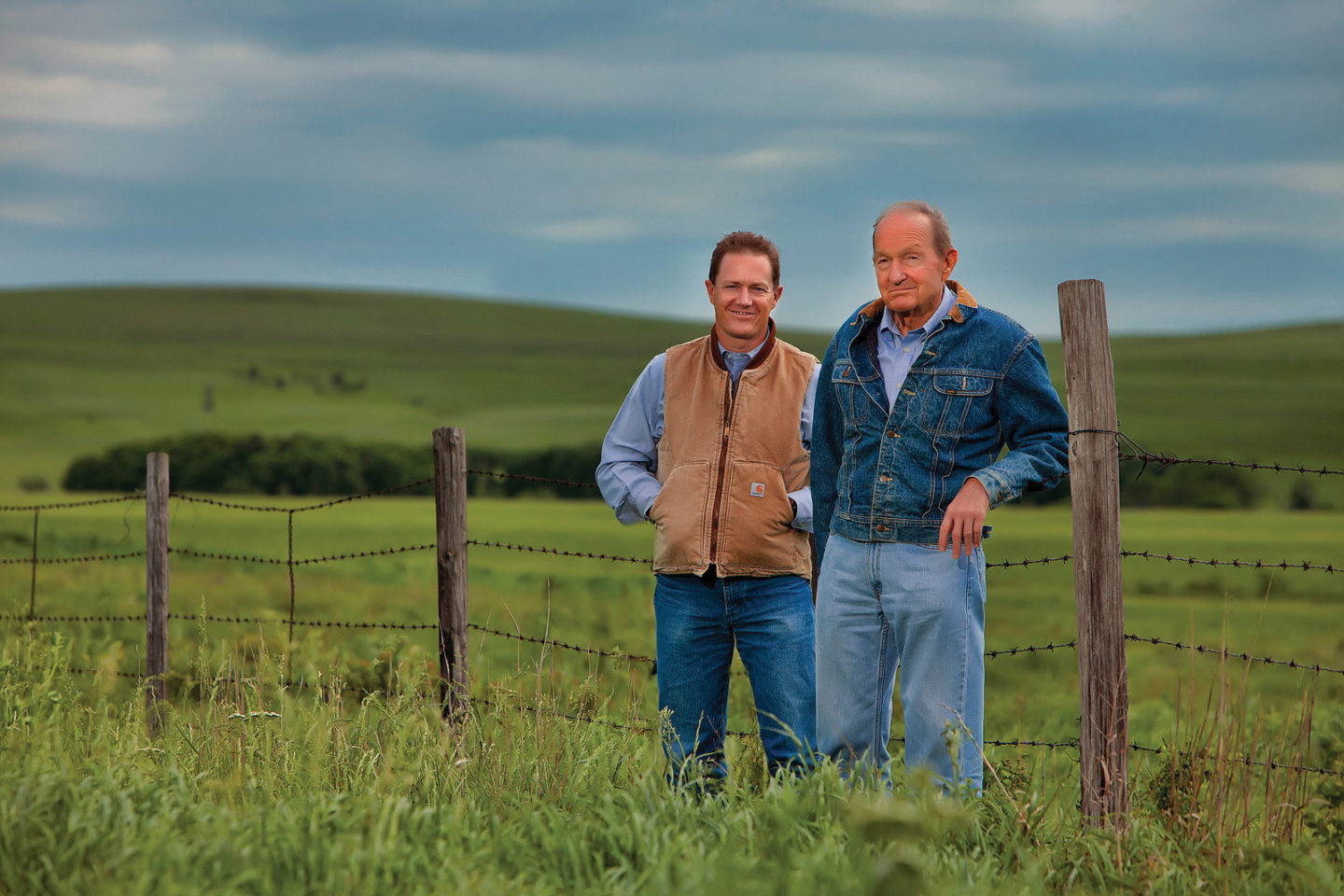
© Steve Rasmussen
Ford Drummond, a third-generation rancher in the Osage Hills of Oklahoma, has strong feelings about the dozens of large wind turbines installed adjacent to his ranch. The Osage Hills hold some of the nation’s last stands of native tallgrass prairie, where bison, bald eagles, and the once-common Greater prairie chicken still live. Poorly sited wind pose known threats to the wildlife that depend on this endangered and beautiful landscape.
“I am a strong supporter of Site Wind Right,” Drummond said. “It helps us be better stewards of the land by protecting wildlife and the iconic landscapes of the Great Plains, while also allowing us to move toward a cleaner energy future.”
Drummond recognizes if Site Wind Right had been available when the turbines were planned, “We likely would have had a different outcome here.”
To meet the climate challenge, we need a rapid buildout of renewable energy. Projects sited in places that can impact sensitive wildlife and habitats are more likely to stall, drive up prices, and even lead to project cancellation. This puts power purchasers, such as companies or universities, at greater risk of negative publicity and missing their climate goals.
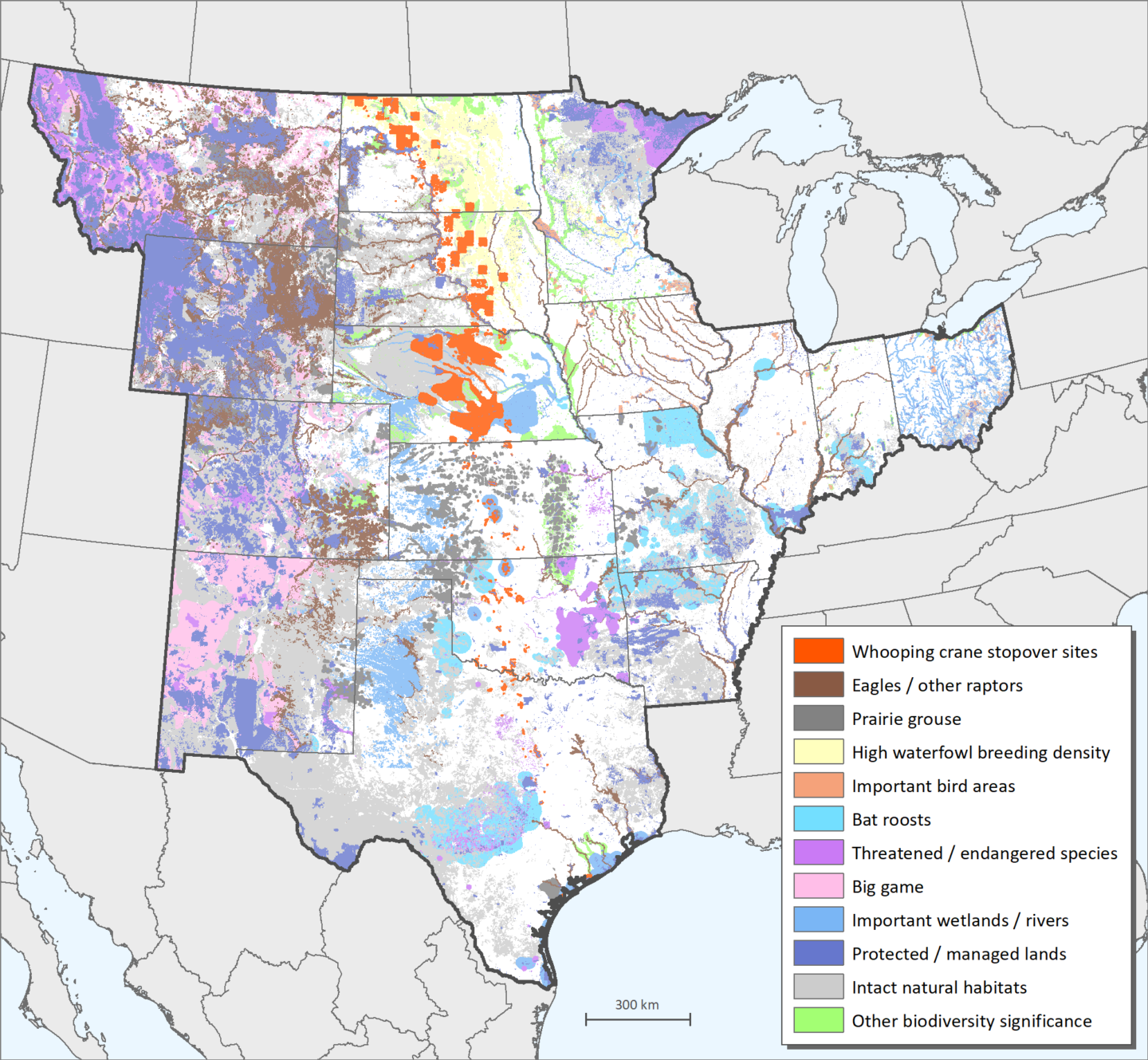
Site Wind Right can help developers, power purchasers, and communities develop wind energy away from areas that may impact important habitats and sensitive wildlife. The potential of Site Wind Right to “de-risk” wind development has spurred the early endorsement of Evergy, a Midwest energy provider in Kansas and Missouri.
“Site Wind Right is an invaluable resource that helps us avoid unnecessary impacts to the wildlife and iconic landscapes of the Great Plains, while also allowing us to provide clean, low-carbon energy for our customers,” said Terry Bassham, CEO for Evergy.
The study has also brought accolades from another early reviewer, the national Association of Fish and Wildlife Agencies, which awarded Site Wind Right their “Natural Resources” award and the endorsement from conservation groups, including the National Wildlife Federation and Natural Resources Defense Council.
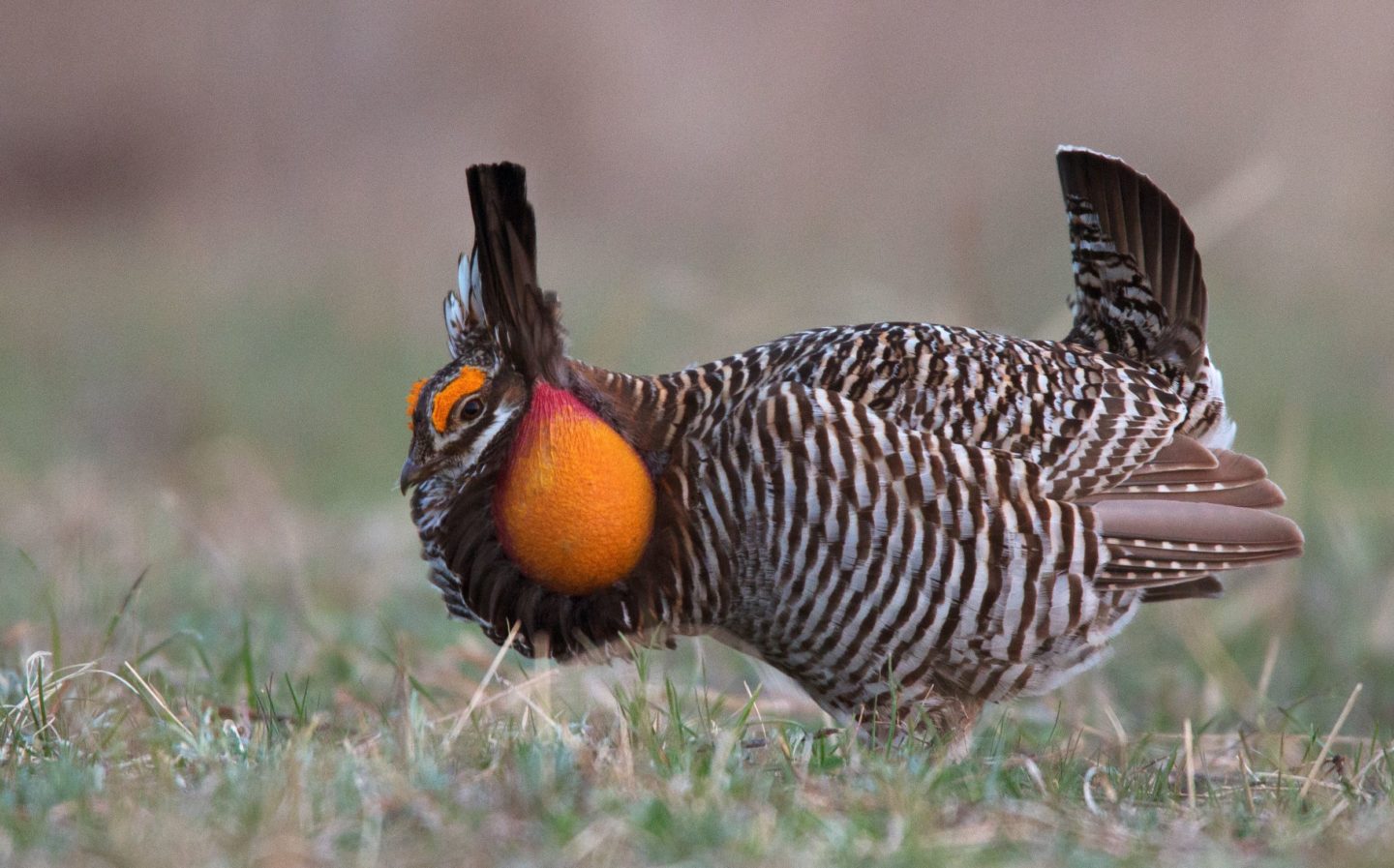
“We need more tools like this to speed-up our move away from burning fossil fuels. Well sited wind energy allows us to meet our climate goals, advances conservation, and ensures that we avoid irreversible environmental impacts,” said Katie Umekubo, a senior attorney at NRDC (Natural Resources Defense Council).
The Nature Conservancy is now looking to broaden the reach of Site Wind Right with communities, companies, and government agencies to apply this strategy so we can rapidly get the blades turning on clean and green energy in the Midwest.
“The Nature Conservancy supports the rapid acceleration of renewable energy development in the United States to help reduce carbon pollution,” said Fuhr. “We are looking forward to providing Site Wind Right to the people making important decisions about our nation’s clean energy future.”
The Nature Conservancy is a global conservation organization dedicated to conserving the lands and waters on which all life depends. Guided by science, we create innovative, on-the-ground solutions to tackle: climate change, conserving lands, waters and oceans at an unprecedented scale, providing food and water sustainably and helping make cities more sustainable.




